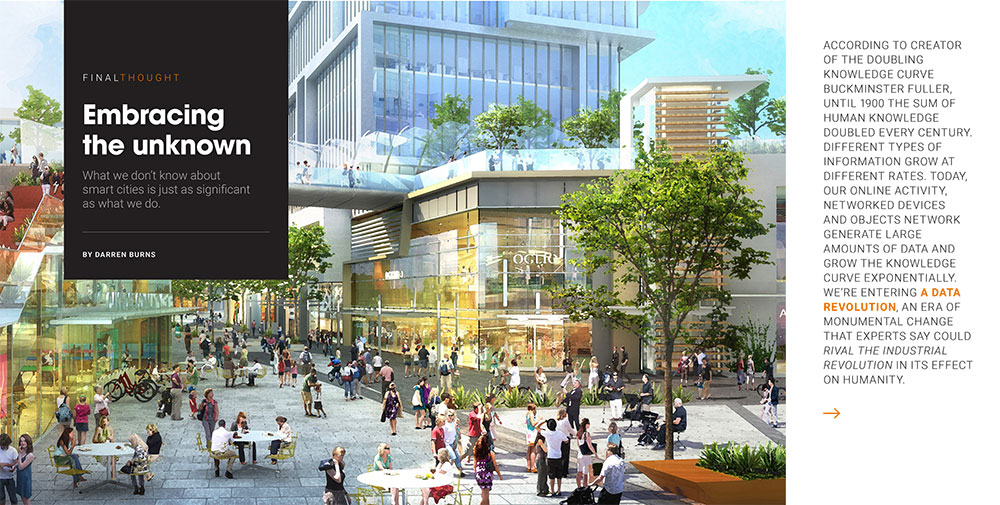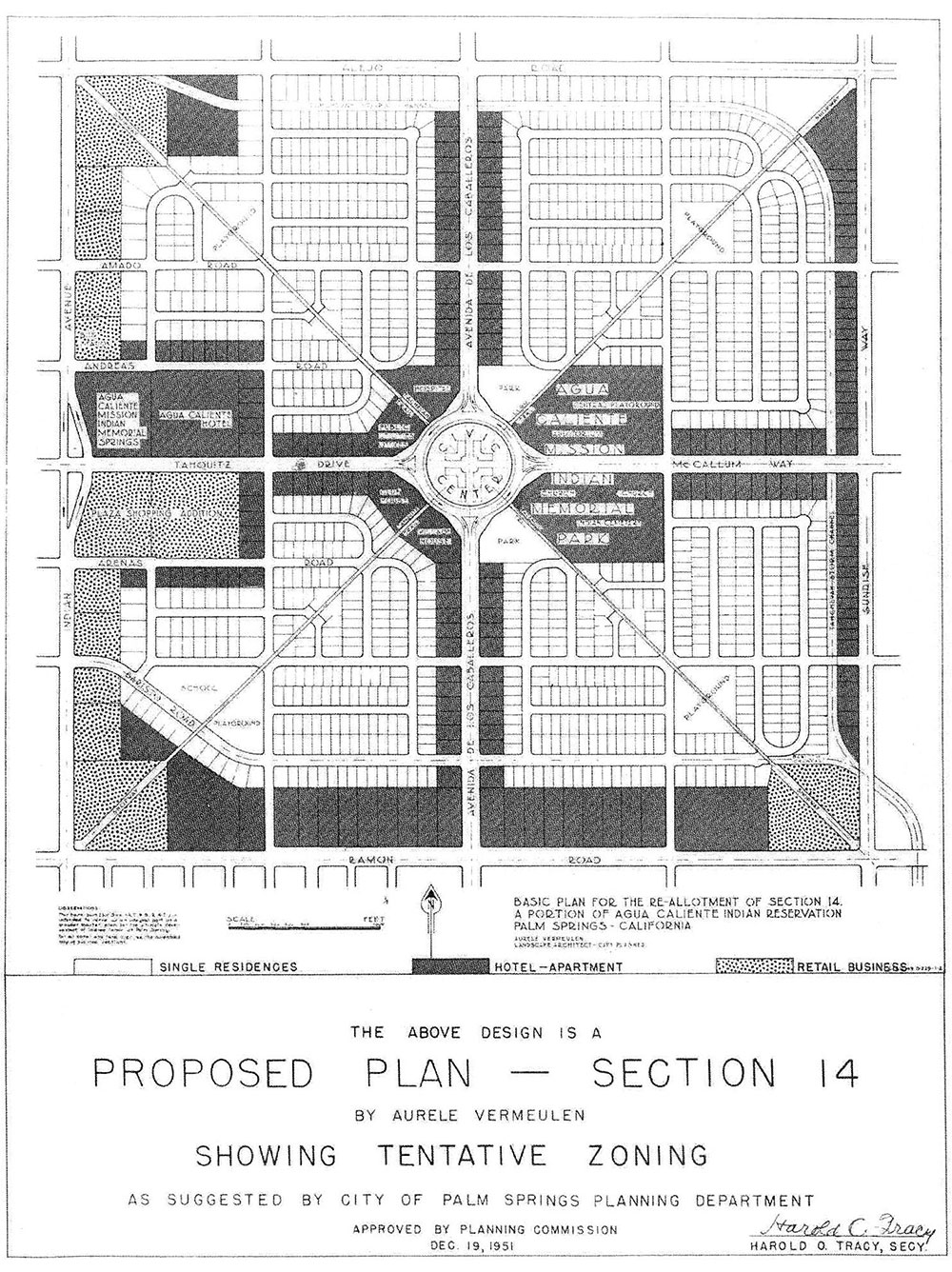Planning May 2019
Et Cetera
Publication: Design Quarterly

The futuristic cities of our imaginations are becoming reality. Design Quarterly, an online flipbook from Stantec, explores the opportunities yielded when design and technology come together. The latest issue covers a variety of topics, including safety gains through creative installment of sensors and software, educating both children and adults on the distribution of energy at interactive parks, and developing revenue-generating innovation districts with universities at their core. Each example proves that as our communities evolve with our imaginations, improved livability should be what inspires us most. Read the current installment and past issues, which cover other innovations in tech and sustainability.
—Kate Calabra
Calabra is a partnership development associate at the nonprofit City Tech Collaborative.
Planners Playlist: Technopolis

A new podcast from online publication CityLab looks at the ways technology is "disrupting, remaking, and sometimes overrunning our cities." Hosted by urban innovation professor Molly Turner and startup advisor Jim Kapsis, the series launched in February and already offers a handful of episodes, with topics ranging from battery power to investors' impact on the built environment.
Film: Charm City

Downtowns may be fueled by mass transit, commercial development, and real estate deals, but neighborhoods run on trust, respect, and a lot of patience. That's the message of Marilyn Ness's new documentary, Charm City. Embedded for over two years with Baltimore community organizers and police officers, the filmmakers got to know the people determined to make a difference: "Mr. C.," a senior and seasoned organizer in the Rose Street neighborhood, and his protege, Alex Long; Eric Winston, a young cop trying to maintain empathy; and city council member Brandon Scott, who makes a compelling case for diagnosing violence as an epidemic and using a public health framework to treat it.
Steering clear of the empty promises of easy solutions and the gloomy pessimism of seemingly intractable urban problems, the film serves as a constant reminder that real change is possible — but, as with all relationships, takes time, commitment, and love. Watch the trailer.
—Ezra Haber Glenn
Glenn teaches at MIT's Department of Urban Studies & Planning and writes on cities and film. Visit him at Urban Film.
Exhibit: The Other Palm Springs

Palm Springs, California, has long been hailed for its midcentury modern architecture. Lesser known is the decades-long legal battle between the city and the Agua Caliente Band of Cahuilla Indians over a square-mile portion of the tribe's reservation, Section 14, which adjoins the city's downtown (see plan at right).
A new exhibit at Washington, D.C.'s Smithsonian National Museum of the American Indian highlights this dispute. Section 14: The Other Palm Springs, runs until January 2020 and was organized by the Agua Caliente Cultural Museum.
In the 1950s and 1960s, the city refused to provide services to Section 14, while simultaneously demolishing homes leased to nontribal tenants for being substandard, resulting in lost rental revenue for the tribe. Corruption was also involved, including a guardianship program that restricted the tribe's control over its own land.
City-tribe relations improved in the 1970s, and today, Agua Caliente "are one of the country's most economically successful Native nations," according to the exhibit.
—Jim Sweeney
Sweeney writes about architecture, art, and design from Rockville, Maryland.
Et Cetera is a curated collection of planning odds and ends. Please send information to Lindsay R. Nieman, Planning's associate editor, at lnieman@planning.org.


